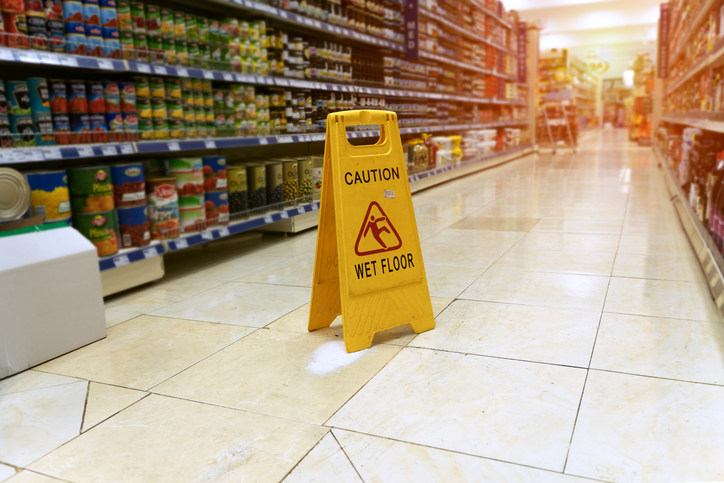When most people think of slip and fall accidents, they imagine minor bumps or bruises. In reality, these incidents can lead to severe and lasting injuries that disrupt lives for years. Falls are one of the leading causes of injury-related visits to the emergency room. According to the Centers for Disease Control and Prevention (CDC), falls account for more than 3 million ER visits annually in the United States, with many victims requiring long-term medical care.
Common Long-Term Physical Injuries
Slip and fall accidents can cause far more than temporary soreness. Some injuries develop into chronic conditions that alter a person’s quality of life:
- Traumatic Brain Injuries (TBIs): A fall can result in a concussion or more severe brain trauma. TBIs may cause lasting headaches, memory problems, mood changes, or cognitive impairment. According to the Brain Injury Association of America, falls are one of the most common causes of TBIs, and many victims never fully recover.
- Spinal Cord Injuries: Damage to the spinal cord can result in long-term pain, reduced mobility, or even paralysis. The World Health Organization (WHO) estimates that spinal injuries can lead to lifelong health complications, including respiratory issues and reduced independence.
- Fractures and Joint Damage: Hip fractures are especially common among older adults, with many requiring surgery and months of rehabilitation. The National Institutes of Health (NIH) notes that hip fractures are associated with serious long-term risks, including loss of independence and higher mortality rates.
- Chronic Soft Tissue Injuries: Damage to ligaments, tendons, and muscles may result in ongoing pain, stiffness, and limited mobility. The American Academy of Orthopaedic Surgeons (AAOS) warns that untreated soft tissue injuries can worsen over time.
Emotional and Mental Health Impact
The consequences of a slip and fall aren’t just physical. Victims often experience mental and emotional struggles that linger long after their bodies heal.
- Anxiety and Depression: Injuries that prevent victims from working, engaging in hobbies, or caring for themselves can lead to significant emotional distress. According to the National Institute of Mental Health (NIMH), chronic pain is closely linked with higher rates of depression.
- Fear of Falling Again: Particularly among seniors, the trauma of a fall can lead to a persistent fear of future accidents. The National Council on Aging notes that this fear often leads to reduced activity, social withdrawal, and a decline in overall health.
Financial Burdens That Add Up Over Time
Beyond the physical and emotional toll, the financial impact of a serious fall can be devastating. Victims often face:
- Ongoing medical expenses for surgeries, therapy, medication, and follow-up appointments
- Lost wages due to extended recovery times or permanent disability
- Reduced earning capacity for those unable to return to their prior work
- Rehabilitation and assistive devices such as wheelchairs, walkers, or home modifications
According to the National Safety Council (NSC), falls are among the top causes of preventable injury costs in the U.S., with billions of dollars spent annually on treatment and rehabilitation. The Agency for Healthcare Research and Quality (AHRQ) further emphasizes that fall-related injuries not only burden individuals but also significantly increase healthcare costs across the system.
Why Legal Support Matters
Many slip and fall injuries are preventable. Property owners have a legal duty to maintain safe premises, and failure to address hazards such as wet floors, broken steps, or poor lighting can make them legally liable. Unfortunately, insurance companies often minimize payouts, offering settlements that fail to cover the full scope of long-term costs.
This is where legal support becomes invaluable. An experienced slip and fall lawyer can:
- Investigate whether negligence contributed to the accident
- Collect evidence to strengthen a claim
- Handle negotiations with insurance companies
- Pursue compensation for both immediate and future expenses
The American Bar Association (ABA) stresses that understanding premises liability law is critical for victims, making professional legal guidance essential.
Protecting Your Future After a Slip and Fall
The aftermath of a slip and fall accident can last far longer than the initial recovery period. Chronic pain, financial strain, and emotional hardship highlight why it’s so important to take proactive steps. By consulting with a qualified attorney, victims can protect their future, hold negligent parties accountable, and secure the compensation they deserve.
If you or a loved one has suffered a serious fall, reaching out to a trusted slip and fall lawyer may be the first step toward recovery and long-term stability.

